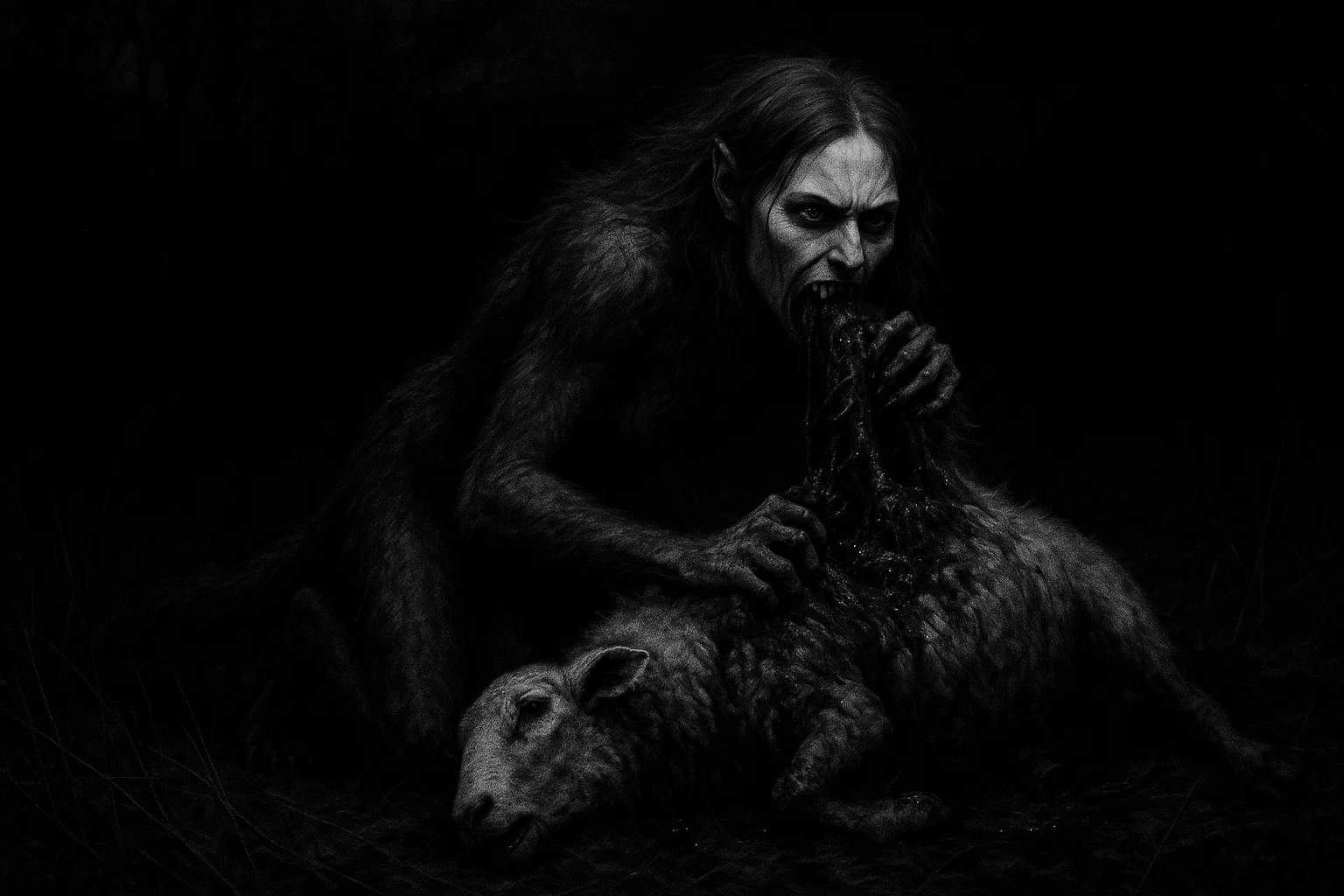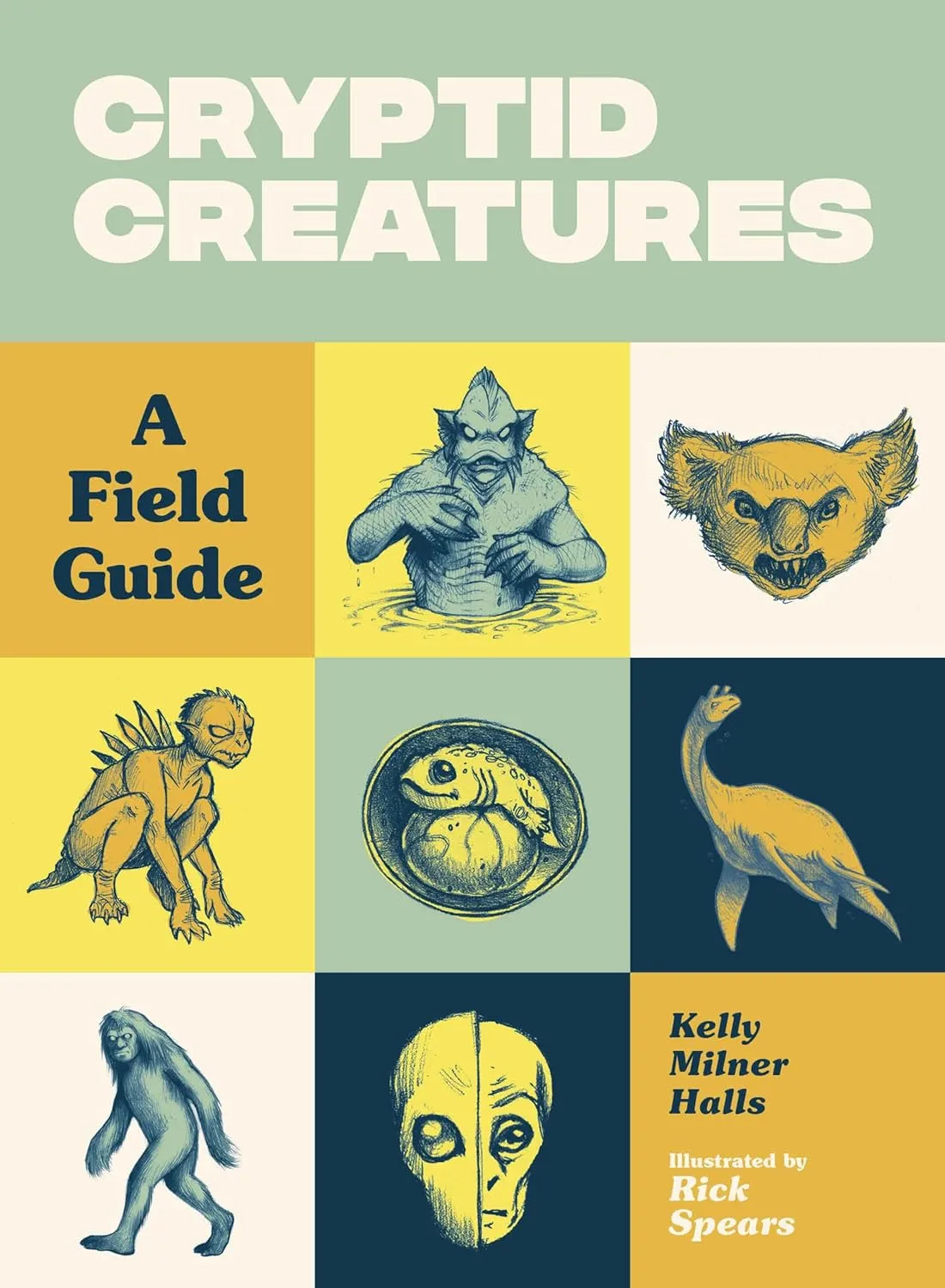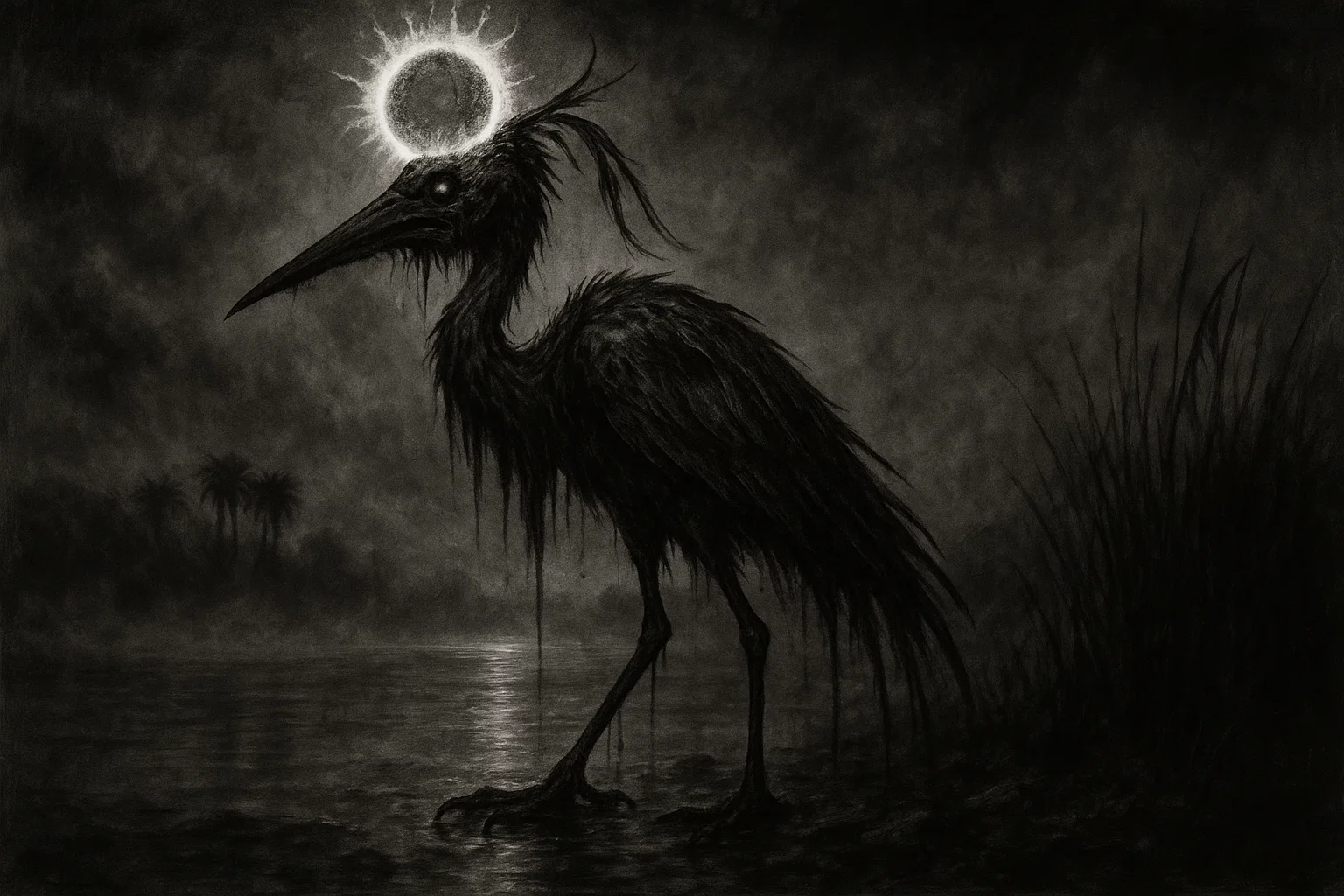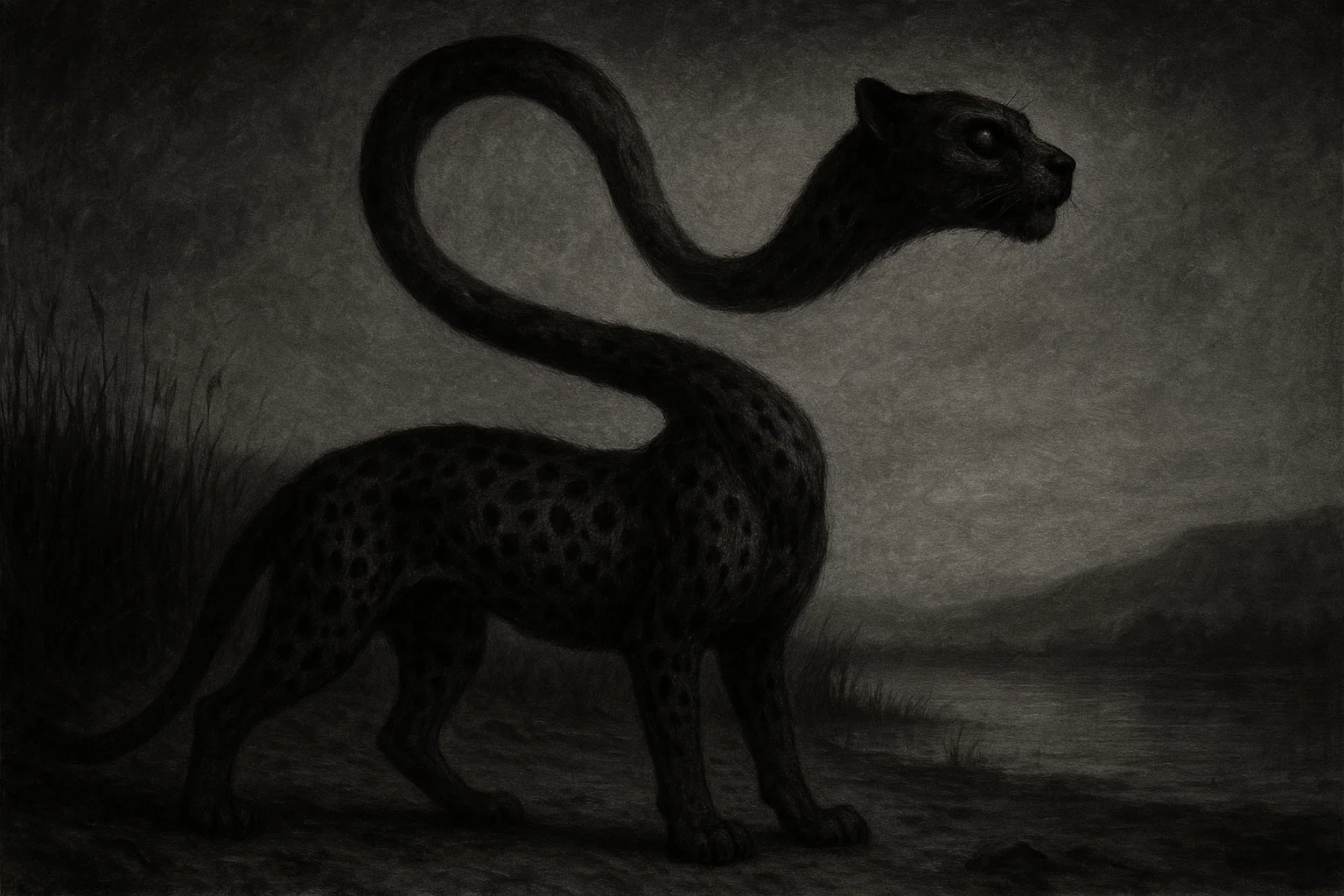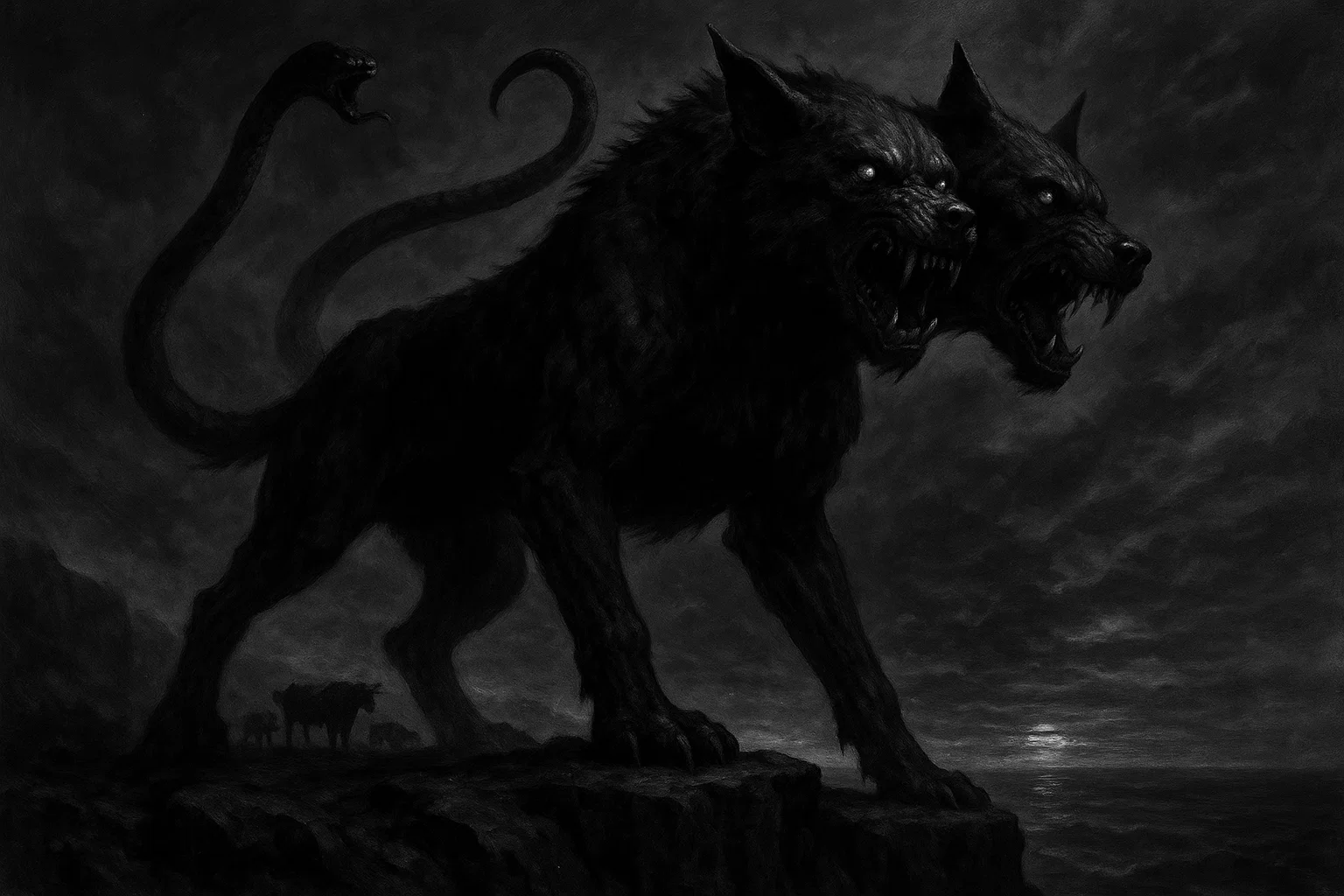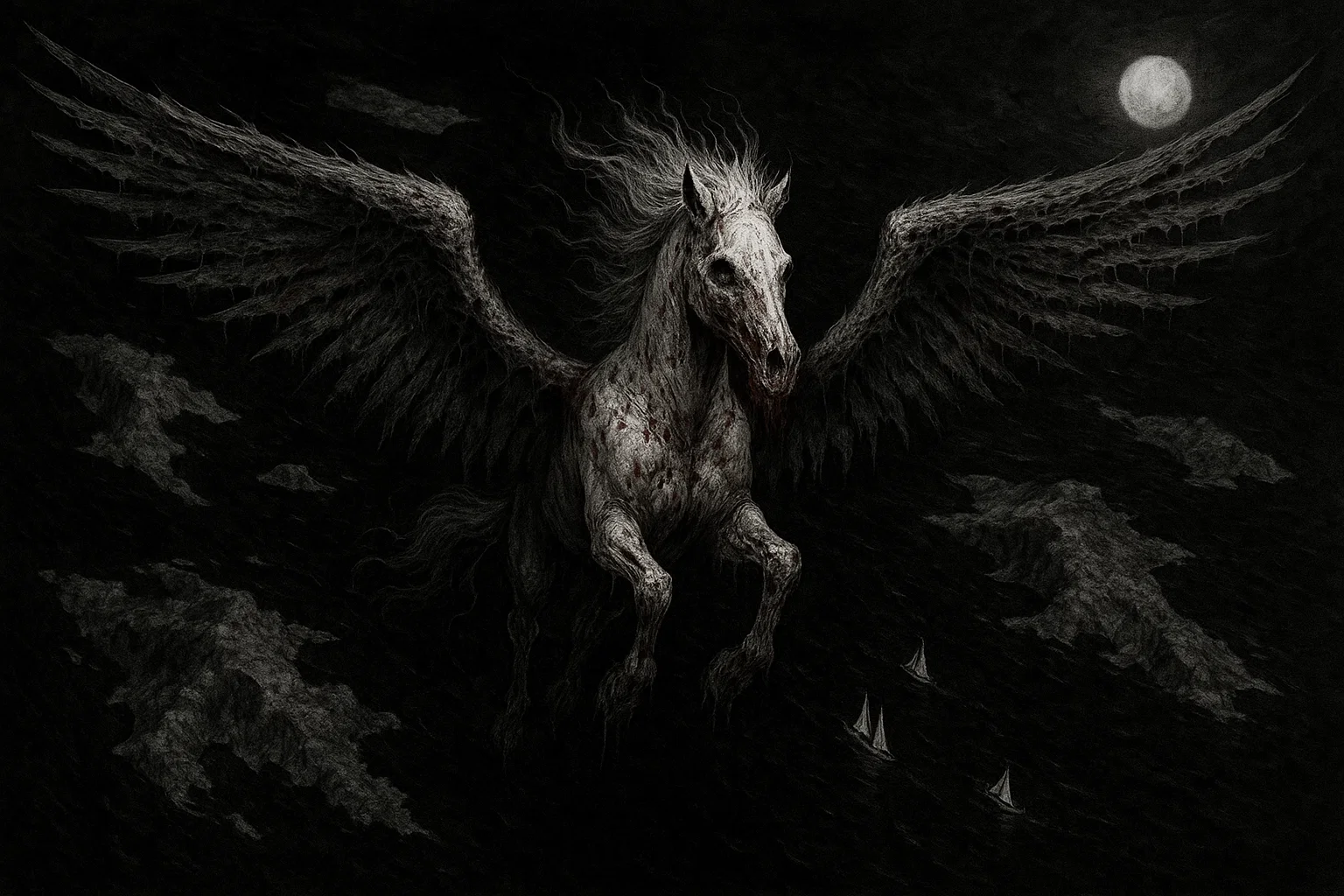The Wolf Woman of Mobile is an enigmatic cryptid reportedly sighted in the Mobile, Alabama, area during a brief period in April 1971.
This creature garnered significant local attention after numerous reports flooded the Mobile Register, describing a bizarre entity with a woman’s upper body and a wolf’s lower body.
The sightings, though short-lived, created a localized panic and cemented the creature’s place in the Gulf Coast’s collection of unusual folklore and urban legends.
Summary
Overview
| Attribute | Details |
| Name | Wolf Woman of Mobile |
| Aliases | The Wolf Woman |
| Threat Level | Aggressive/Elusive. Witnesses reported being chased or stalked, but no physical injuries were documented. |
| Habitat | Suburban areas, particularly near wooded lots and residential streets in Mobile, Alabama, including Davis Avenue and the Plateau neighborhood. |
| Physical Traits | Upper body of a human woman, lower body of a wolf. Described as being “pretty and hairy” with long, flowing hair and running on all fours. |
| Reported Sightings | Mobile, Alabama, specifically the Davis Avenue and Plateau areas. |
| First Documented Sighting | April 1, 1971 (with initial reports published April 8, 1971) |
| Species Classification | Humanoid/Canine hybrid, possibly a type of werewolf or feral human; classification is unknown. |
| Type | Terrestrial |
| Behavior & Traits | Nocturnal, elusive, aggressive (chasing witnesses), and seemed to disappear after about ten days of intense sightings. |
| Evidence | Eyewitness accounts (over 50 reported), a newspaper illustration based on descriptions. |
| Possible Explanations | Misidentified animals (e.g., a large dog or Afghan Hound), an elaborate hoax, or mass hysteria. |
| Status | Actively reported for a short period in 1971, now considered a localized historical mystery. |
Who or What Is the Wolf Woman of Mobile?
The Wolf Woman of Mobile is a creature of Alabama cryptozoology known almost exclusively for a burst of sightings that occurred over about 10 days in April 1971.
The creature is described as a monstrous hybrid, combining the distinct forms of a human and a wolf. Unlike classic werewolves that shapeshift between two different forms, the Wolf Woman is consistently portrayed as a singular, combined entity.
The local newspaper, the Mobile Register (now the Press-Register), played a central role in documenting the phenomenon, publishing accounts that led to a spike in public fear.
The creature was generally associated with the suburban outskirts of Mobile, particularly the areas bordering marshland or dense vegetation. The mystery surrounding its sudden appearance and equally rapid disappearance has made it a notable, though brief, chapter in the history of Gulf Coast cryptids.
The One Book That Turned “Monster Hunting” From Joke to Actual Science
Limited-Time: Up to 46% OFF!
Bigfoot, Loch Ness, Chupacabras, Mothman, Yeti, and dozens more – the original A-to-Z encyclopedia with 100+ fully researched cryptids, eyewitness accounts, expedition histories, and the evidence that made skeptics sweat. Loren Coleman and Jerome Clark’s 1999 classic that launched a thousand investigations.
What Does the Wolf Woman of Mobile Look Like?
Eyewitness accounts consistently described the Wolf Woman as a creature with a human upper body and a wolf’s lower body. The descriptions, however, contained a dichotomy of features. While possessing wolf-like characteristics, one witness described the creature as “pretty and hairy.”
The creature was reported to be quadrupedal, moving by running on all fours, using its canine hindquarters. The “woman” half featured long hair, sometimes described as a mane, flowing down, and was depicted in a newspaper illustration as beautiful yet bizarre.
Long, deadly-looking claws were also mentioned in some depictions. Its overall appearance was a unique amalgamation of animal and human traits, distinct from standard depictions of lycanthropy, as it appeared to be a permanent blend of species.
You may also enjoy:
Consolation Church Cemetery Haunting: A Terrifying Ghost Story
September 23, 2025
Habitat
The alleged habitat of the Wolf Woman of Mobile is specifically the suburban neighborhoods and outskirts of Mobile, Alabama, bordering on the surrounding natural environment. The majority of the sightings occurred in the vicinity of Davis Avenue and the adjacent Plateau neighborhood.
This area of the Gulf Coast is a port city near Mobile Bay. It is characterized by a landscape that transitions quickly from urban or suburban settlements into swamps, bayous, and wooded marshlands. The climate is humid subtropical, and the terrain is generally flat, heavily vegetated, and wet.
These dense, overgrown areas—often adjacent to back roads and residential properties—would provide a mysterious creature with ample cover for movement and concealment while still allowing it to encroach on human settlements at night, which is where it was typically sighted.
Wolf Woman of Mobile Sightings
The reports of the Wolf Woman were intense and localized, occurring over a short time frame in April 1971:
| Date | Place | Witness Details | Description | Reliability |
| April 1971 | Davis Avenue, Mobile, AL | Unnamed residents, some children | Creature described with the top half of a woman and the bottom half of a wolf. Reportedly ran on all fours. | Medium: Multiple witnesses across several nights. |
| April 1971 | Plateau Neighborhood, Mobile, AL | Unnamed residents | Sightings of the same creature, with some witnesses reporting being chased home or stalked. | Medium: Numerous calls to the police and newspaper (up to 50). |
| April 1971 | Unspecified suburban outskirts of Mobile, AL | One witness quoted by the Mobile Register* | Described the creature as “pretty and hairy.” | Medium: Part of the wave of reported sightings. |
Localized Incidents in Mobile (April 1971)
Beginning around April 1, 1971, a high volume of calls began to reach the local newspaper and law enforcement in Mobile, Alabama, reporting an anomalous creature.
These sightings were concentrated in the Davis Avenue and Plateau areas of the city. The reports generally involved the creature being seen at night, often running or moving quickly through streets and sometimes on private properties.
The sudden appearance of the Wolf Woman and the fear it generated led to a situation where some local inhabitants, particularly children, were afraid to leave their homes after dark. The incident garnered enough serious attention that the local media and police addressed the situation before the reports abruptly ceased after about ten days.
This Book Turns the Entire United States Into One Giant X-Files Map
Limited-Time: Up to 38% OFF!
J.W. Ocker traveled the country collecting the weirdest local legends and marks the real-world locations where the Beast of Bray Road, the Dover Demon, the Wendigo, and hundreds more have been spotted. Part travel guide, part bestiary, 100% nightmare fuel.
Evidence & Investigations
The existence of the Wolf Woman of Mobile is supported primarily by a large volume of contemporaneous eyewitness accounts. Over 50 calls reporting sightings were received by the Mobile Register in about a week in April 1971. This sheer number of reports in a localized, short timeframe represents the central body of “evidence.”
The local newspaper, taking public concern seriously, even published an artist’s illustration of the creature based on witness accounts. This drawing served as non-photographic physical evidence, capturing the creature’s specific, unique appearance as reported (half-woman, half-wolf, with flowing hair and claws).
No formal cryptozoological or governmental investigations were reported to have taken place. The phenomenon was too brief and localized, and the evidence was purely anecdotal, consisting of sightings rather than physical traces like footprints, hairs, or droppings.
Law enforcement’s primary role appeared to be managing the local panic, rather than launching a dedicated investigation, and the creature vanished before any potential scientific analysis could be organized. The case essentially concluded with the cessation of sighting reports.
You may also enjoy:
Who Was the Beast of Gévaudan? Truth or Myth
June 23, 2025
Inkanyamba: Real Beast or Local Legend?
May 22, 2025
Pegasus: The Blood-Soaked Horror Born from Medusa’s Neck
December 4, 2025
Complete Guide to Wyoming Bigfoot Sightings (1967–2025)
August 10, 2025
Theories
Misidentified Canine
One of the most common and rational explanations suggests that the Wolf Woman was a simple misidentification of a known animal. Given that the creature’s lower body was described as wolf-like and that it ran on all fours, theories have focused on large, unusual dog breeds, such as a well-coiffed Afghan Hound or a large, stray German Shepherd.
The long, flowing hair of an Afghan Hound, especially when seen in poor light or running quickly, could be misconstrued as a woman’s head and hair, leading to the “pretty and hairy” description.
The creature known as the “Monster of Fisher’s Alley,” also from Mobile, was identified as an otter, demonstrating that misidentification of local wildlife is a historical precedent in the area.
Elaborate Prank or Hoax
The abrupt appearance on April 1, 1971 (April Fools’ Day) and the brief duration of the sightings lend credence to the theory that the Wolf Woman was an elaborate, large-scale hoax or prank.
A group of individuals or a single person could have dressed in a costume, possibly affixing a wig to a large dog or creating a full suit to mimic the described hybrid appearance. The timing and the rapid disappearance after creating a media buzz align with the characteristics of a planned deception.
People Swore They Saw Something Impossible… This Book Shows You the Photos, Tracks, and DNA
Limited-Time: Up to 18% OFF!
Gorgeous full-color illustrations meet hard evidence: hair samples that don’t match any known animal, sonar hits in Loch Ness, night-vision footage, and survivor testimonies. Kelly Milner Halls separates hoax from holy-crap-this-might-be-real for every major cryptid still out there.
Manifestation of Mass Hysteria
The theory of mass hysteria posits that, following a single initial sighting or a convincing hoax, the Mobile Register’s intense media coverage triggered psychological contagion among the population.
The fear of the unknown creature, amplified by over fifty calls to the newspaper, could have led many people to genuinely believe they saw the beast when, in reality, they were misinterpreting ordinary sights in the dark, such as shadows, stray animals, or bushes.
The fact that the sightings abruptly stopped after ten days supports the idea that the collective focus and resulting panic simply faded away.
Comparison with Other Similar Cryptids
The Wolf Woman of Mobile fits into a broader category of werewolf or dogman cryptids. Still, its hybrid description makes it distinct from standard shapeshifting lore:
| Cryptid | Primary Appearance/Hybrid Traits | Noted Differences from Wolf Woman | Region |
| Michigan Dogman | 7-10 ft tall bipedal canine, often described as a werewolf or wild canid standing upright. | Primarily bipedal, not a fixed half-human/half-wolf blend; lacks the described “pretty” female human torso. | Michigan, Wisconsin, Great Lakes region. |
| Beast of Bray Road | Large, muscular, bipedal creature resembling a werewolf or a bear in a shaggy coat. | Is often described as purely animalistic and bipedal, with no human face or torso. | Elkhorn, Wisconsin. |
| Rougarou | A legendary humanoid with a wolf or dog head; a form of French-Cajun werewolf. | A shapeshifter or a human cursed into a monster; does not possess the specific quadrupedal half-woman/half-wolf body structure. | Louisiana (Cajun folklore). |
| Wampus Cat | A large, fearsome cat-like creature, sometimes a hybrid of a woman cursed with feline features. | Feline-based rather than canine-based; often depicted as walking on all fours but is a mountain lion/woman mix. | Appalachian Mountains, particularly Tennessee and North Carolina. |
| Chupacabra (Original Puerto Rico) | Reptilian, bipedal creature with spikes on its back and leathery skin; hops like a kangaroo. | Completely non-canine; an aggressive livestock attacker with a distinct reptilian appearance. | Puerto Rico, Latin America. |
| Fouke Monster | Large, hairy, bipedal ape-like hominid with a strong, offensive odor. | A primate-based hominid, similar to a regional Bigfoot, not a canine hybrid. | Fouke, Arkansas (Boggy Creek). |
| Jersey Devil | Bipedal creature with a horse or goat head, leathery bat wings, and cloven hooves. | Avian/Ungulate hybrid, not a canine/human hybrid; known for flight and living in pine forests. | Pine Barrens, New Jersey. |
| Nandi Bear | A large, aggressive, short-necked carnivore (sometimes compared to a hyena or bear). | A large, unidentified carnivore, not a human hybrid; is entirely quadrupedal/animalistic. | Eastern Africa. |
| Ozark Howler | Large, black, wolf-like creature with glowing red eyes and occasionally described with horns. | A completely canid/feline creature, either quadrupedal or bipedal, with no described human characteristics. | Ozark Mountains (Arkansas and Missouri). |
You may also enjoy:
Is the Shetani a Demon, a Spirit, or Something Else Entirely?
November 12, 2025
Sabnock in Demonology: Powers, Legends, and Rituals
August 27, 2025
Koschei the Deathless: The Skeleton Sorcerer Who Couldn’t Die
September 11, 2025
Flatwoods Monster: What Really Happened in 1952?
June 30, 2025
Is the Wolf Woman of Mobile Real?
The existence of the Wolf Woman of Mobile as a biological or supernatural entity is highly unlikely based on the available evidence. The creature is defined by a single, short-lived wave of sightings in a limited geographic area, with no verifiable physical evidence to support the claims.
The unique description—a perfect upper-human, lower-wolf hybrid running on all fours—suggests a visual anomaly, potentially a large dog or an individual in costume, rather than a novel species.
The most plausible explanations involve an elaborate hoax or misidentification that spiraled into a temporary mass hysteria driven by intense local media coverage.
While the legend remains a fascinating piece of Mobile’s local folklore, the Wolf Woman of Mobile is best understood as a historical curiosity born from a brief period of localized panic in 1971.

